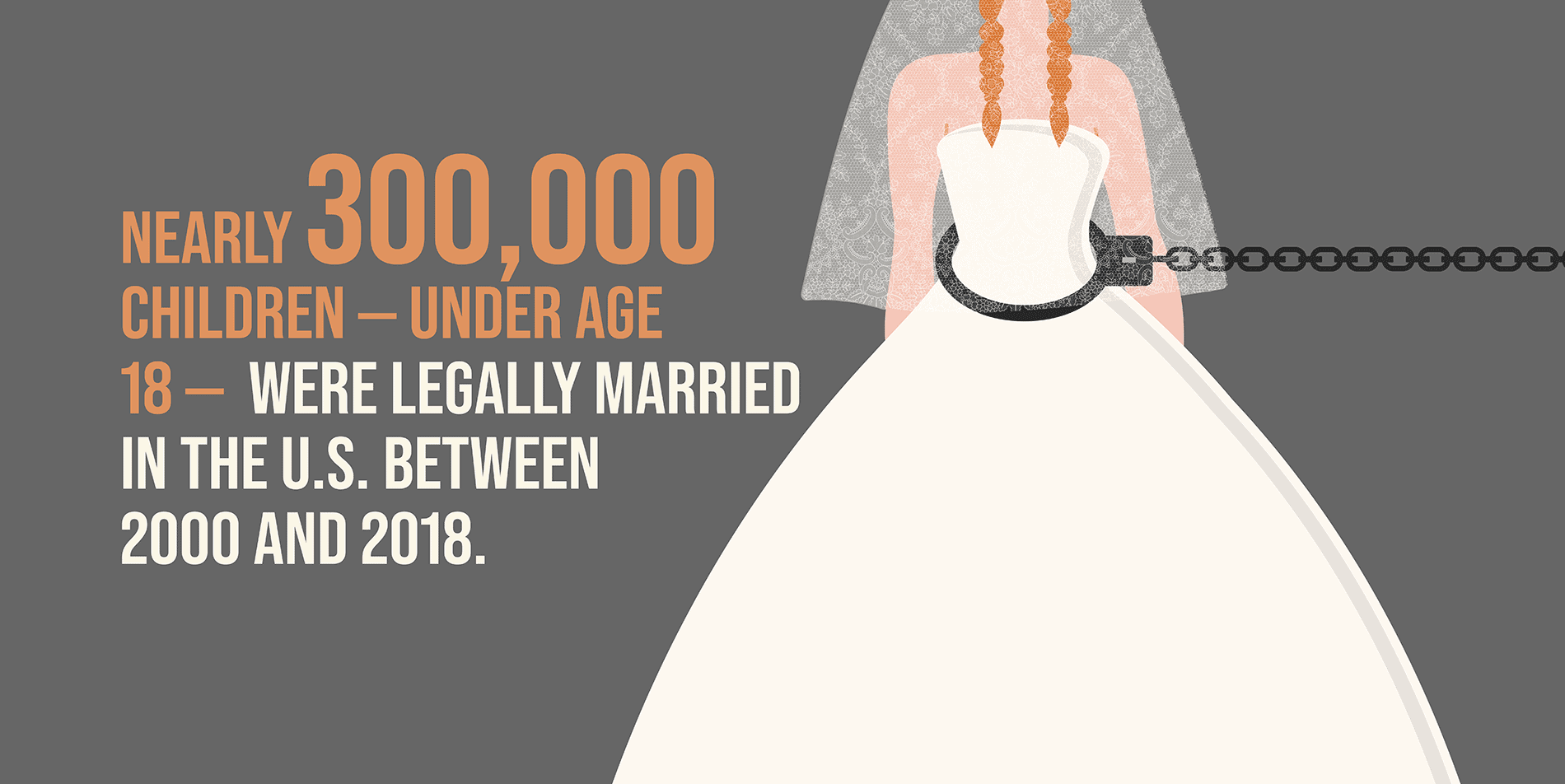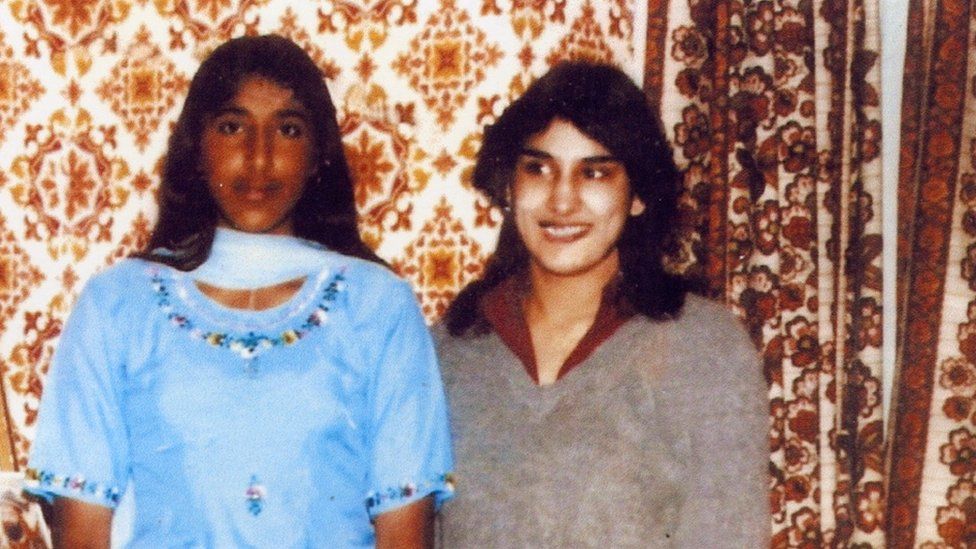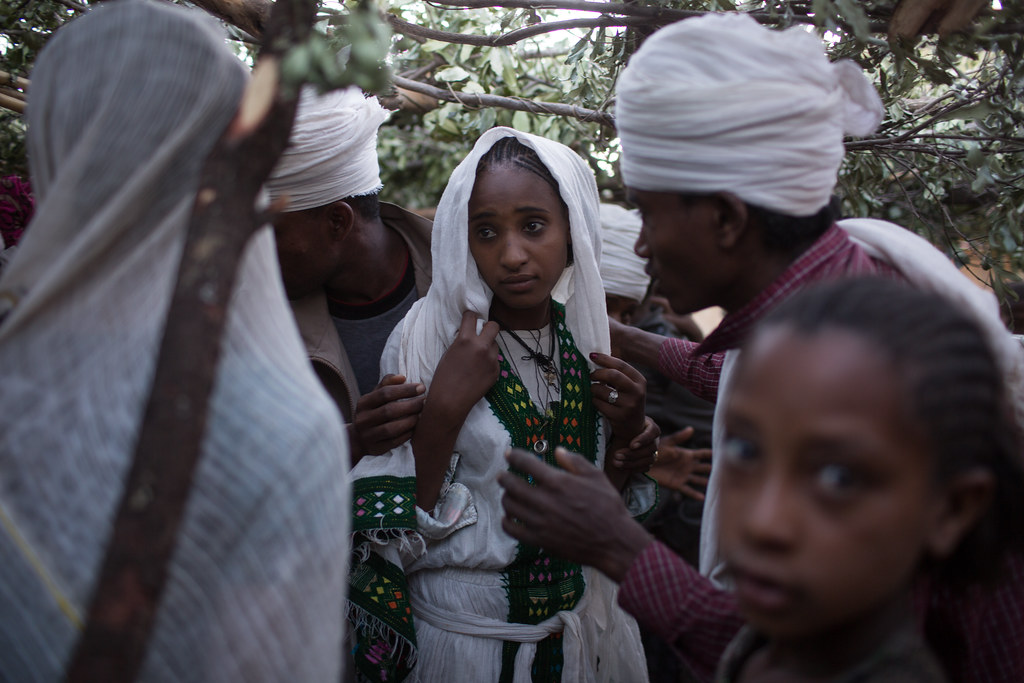Stolen Dreams: The Devastating Impact of Child and Forced Marriage
Child and forced marriage, often tragically intertwined, rob children of their childhoods and futures. Defined as any formal or informal union before the age of 18, child marriage disproportionately affects girls, violating their fundamental human rights. Force enters the equation when one or both parties are pressured or coerced into wedlock, often through threats, violence, or a sense of obligation. This harmful practice continues to plague societies worldwide, demanding urgent action.
The consequences of child and forced marriage are far-reaching. Education becomes a distant dream, as young brides are expected to manage households and bear children. This disrupts their intellectual development and limits their earning potential, further perpetuating a cycle of poverty. Girls married young are also more vulnerable to violence, exploitation, and health complications. Childbirth carries significant risks for young bodies, increasing the likelihood of maternal mortality and morbidity. Popular culture, though often romanticizing arranged marriages, rarely portrays the harsh reality of child brides. People like Jasvinder Sanghera, who ran away a forced marriage at 16, use their platform to raise awareness. Similarly, in the television series "Unbelievable," the protagonist, a runaway teen, is revealed to be a victim of child marriage. These portrayals, while fictional, shed light on a hidden crisis.
Popular culture, though often romanticizing arranged marriages, rarely portrays the harsh reality of child brides. People like Jasvinder Sanghera, who ran away a forced marriage at 16, use their platform to raise awareness. Similarly, in the television series "Unbelievable," the protagonist, a runaway teen, is revealed to be a victim of child marriage. These portrayals, while fictional, shed light on a hidden crisis. Several factors contribute to the prevalence of child and forced marriage. Poverty can force families to marry off daughters as a means of survival, reducing mouths to feed and potentially securing a dowry. Cultural norms and traditions may prioritize early marriage, viewing girls primarily as wives and mothers. Gender inequality plays a significant role, with girls valued less than boys and seen as a burden on families.
Several factors contribute to the prevalence of child and forced marriage. Poverty can force families to marry off daughters as a means of survival, reducing mouths to feed and potentially securing a dowry. Cultural norms and traditions may prioritize early marriage, viewing girls primarily as wives and mothers. Gender inequality plays a significant role, with girls valued less than boys and seen as a burden on families.
Across the globe, the fight against child and forced marriage gains momentum. In 2015, the Sustainable Development Goals included ending child, early, and forced marriage by 2030. Organizations like UNICEF and UN Women work tirelessly to raise awareness and advocate for legal changes. Grassroots movements in communities empower girls and their families, challenging traditional practices and offering educational and economic alternatives. However, significant challenges remain. Legal measures often lack proper enforcement, particularly in rural areas. Deep-seated cultural beliefs require education and community engagement to shift attitudes. War and displacement further exacerbate the vulnerability of girls, making them prime targets for forced marriage.
However, significant challenges remain. Legal measures often lack proper enforcement, particularly in rural areas. Deep-seated cultural beliefs require education and community engagement to shift attitudes. War and displacement further exacerbate the vulnerability of girls, making them prime targets for forced marriage. Examples from Around the World:
Examples from Around the World:
- Africa: The continent has the highest prevalence of child marriage, with countries like Niger and Chad leading the unfortunate statistic. Here, poverty, cultural practices, and insecurity contribute significantly.
- South Asia: Despite legal advancements, child marriage remains an issue in parts of South Asia. In India, for instance, the practice continues in rural areas, despite the legal age of marriage being 18.
- The Middle East: Honor killings and social stigma often surround girls who delay marriage, making them more susceptible to pressure to marry young. This issue persists in countries like Yemen and Syria.
- Developed Nations: While less common, child marriage exists even in developed nations. Loopholes in legislation and cultural practices, particularly within immigrant communities, can contribute to the problem.
The path to ending child and forced marriage is paved with education, empowerment, and legal reform.
Here's what we can do:
- Support Organizations: Donate to or volunteer with organizations working to eradicate child and forced marriage.
- Spread Awareness: Educate yourself and others about the issue. Share resources and stories to spark conversations.
- Challenge Traditions: Advocate for girls' education and question outdated customs that prioritize early marriage.
- Support Legislation: Lobby for stricter laws against child marriage and ensure proper enforcement.
Breaking the silence and taking action is crucial. By working together, we can create a world where every child has the opportunity to choose their path, free from the shackles of forced marriage.

![[LIVE] Engage2Earn: auspol follower rush](https://cdn.bulbapp.io/frontend/images/c1a761de-5ce9-4e9b-b5b3-dc009e60bfa8/1)


















































